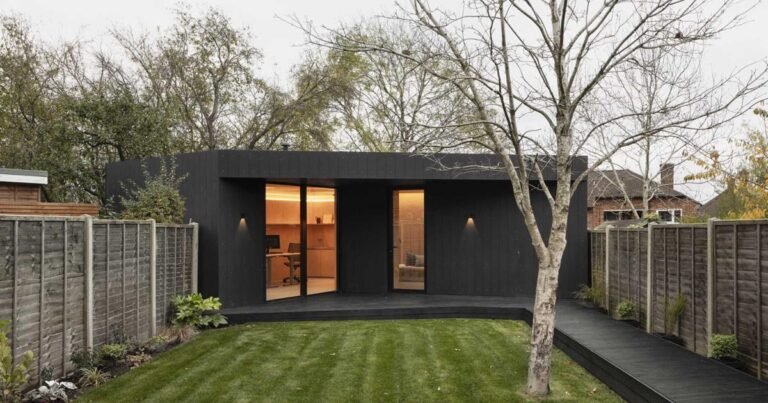Kipepo Homestead / Cottrell & Vermeulen Architecture
Kipepo Homestead / Cottrell & Vermeulen Architecture


Text description provided by the architects. The house is located above a coral cliff and mangrove trees facing Takaungu Creek in Kenya.



Riads (interior courtyard gardens) are common in vernacular Swahili coastal buildings and this is referenced in this project by arranging the buildings around a protected courtyard to create an informal domestic setting for a main two-story house and two single-story cottages.



Employing local materials and vernacular building techniques, the un-faced coral block both internally and externally results in a building faithful to the simplicity of the local village houses. The palette of traditional building materials and methods has been rearranged; the hit-and-miss coral block is used for natural ventilation, security, and dappled light; the floor screed, pigmented with coral dust, continues vertically and horizontally on the baraza (traditional Swahili benches), the staircase, the kitchen worktop, and the worktop support structure; steel window security bars used extensively in local houses have been re-interpreted using a traditional metalwork technique to create a decorative screen; plastered window architraves used both externally and internally on the project reference the vernacular language of the local village, and black stained ceiling cover strips reference traditional Swahili black mangrove poles used to support white painted ceilings.



Unplastered internal coral block walls are normally used on utilitarian buildings as they are friable. This problem was overcome by spraying the exposed coral with slaked lime to strengthen the coral by accelerating the carbonation of the recently cut coral face, thereby reducing its friability.

There are three focal living spaces, dependent on the time of day, month, and climate. The covered roof terrace, courtyard “baraza” and the main living/dining space work together to provide a variety of communal spaces and views to the inhabitants of the homestead.
The landscape is essential to the architecture, and with every season the house becomes more integrated into its maturing and evolving environment.

The land around the house was previously cultivated with sisal that has now been removed. Now, indigenous trees, shrubs, wildflowers, and grasses are being established. The indigenous planting has been specifically chosen for traditional ethnobotanical herbal uses, to feed wildlife, and as host plants for butterfly and moth breeding.

Indigenous landscaping does not require irrigating, and furthermore, by re-establishing the indigenous coastal forest, living in the homestead has become an evolving delight. Firstly, there are the sounds: a cacophony of birds, monkeys, and galagos (bush babies), blending in with the regular recitals of the muezzin adhan from the village opposite. Secondly, the landscape garden is animated by a constant flurry of butterflies, flocks of beautiful birds, monkeys, grasses waving in the sea breeze, and views over the tidal creek.








